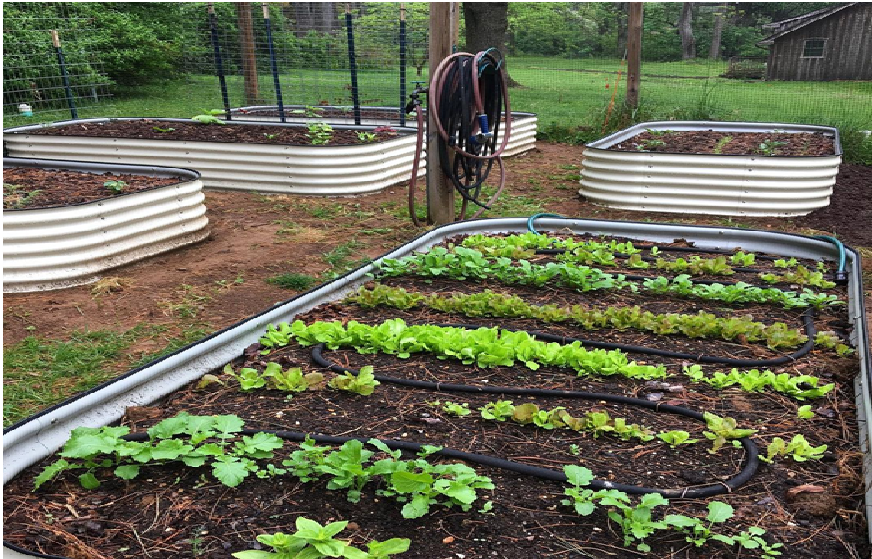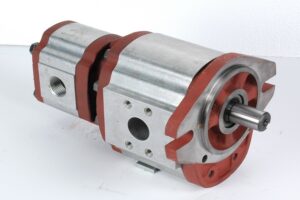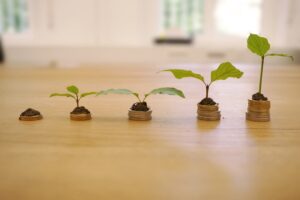Using Proper Drainage For The Plants In Your Raised Garden Bed
3 min read
Raised garden beds are becoming more and more common these days. They’re an easy way to manage plant development in your garden. These elevated garden beds are constructed above the ground. Additionally, they are overflowing with soil and other nutrients that are perfect for the growth of plants.
Because of the elevation, it is possible to cultivate plants above ground. Insects and weeds are kept out of the plants as a result. They facilitate soil drainage and decrease soil compaction brought on by numerous human activities. You can also use the best raised bed soil.
Why Is Adequate Drainage So Crucial For Plants?
Proper drainage is necessary for raised garden beds. It’s essential to prevent the roots from decaying. Due to inadequate drainage, the soil may also get waterlogged. This may act as a breeding ground for many root fungi and other parasites. The raised garden bed’s construction material has a big influence on how well it drains.
Making your garden out of a permeable material could be quite successful. Additionally, you should make sure that the material you select for your Vego Garden children’s garden bed is lightweight to allow for easy water passage. You won’t need to worry about drainage if you create your raised garden bed on natural soil because it has plenty of it.
You’ll need to take a few extra steps to ensure that water can properly drain if you’re creating your raised garden beds on a solid surface, like concrete. Make sure the containers you choose to build your raised garden beds have drainage holes. If you don’t want the water to seep through, you can also build tiny holes for it to do so. The ideal soil for raised beds will also naturally give the plants sufficient drainage.
How Can You Ensure That Your Plants Have Proper Drainage?
To increase drainage in your raised garden bed, mix two parts of soil with one part per lite and one part peat moss. To make sure they are distributed evenly, thoroughly blend them. The final combination will have great drainage and be incredibly loose and light. Additionally, you can use sand in place of per lite and compost in place of peat moss.
The container’s bottom ought to have perforations for the best drainage possible. To increase the soil’s drainage for the plants, you can also make holes in it. Garden beds must have excellent drainage in order to function properly. Otherwise, it could result in water logging, which would be disastrous for the plants.
Poor draining characteristics apply to clay soil. This is because the clay’s particles are so tightly packed; that when coupled with water, clay becomes very sticky and impermeable. Sand, which is incredibly porous and permeable, can be used with clay to fix this.
To aid in water drainage, you may also try building an underground drainage channel for your raised garden bed. By incorporating enough amounts of compost into the soil, you can also get rid of the possibility of water logging. And in doing so, you can ensure that your raised garden bed drains correctly.
You can make your garden bed with raised bed planters that are available for purchase. Additionally, make an effort to cultivate your plants in the best soil possible for raised beds. You can also get raised beds for sale from us at an affordable price.






